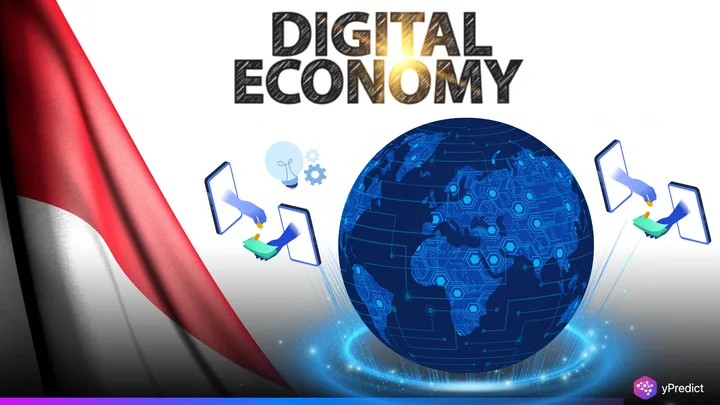
Under President Prabowo Subianto, the plan goes well beyond infrastructure. They plan to utilize the Sovereign fund and targeted AI investment to accelerate the digital economy, tap into high-growth sectors, and move closer to the “Golden Indonesia 2045” goal of becoming the world’s fourth-largest economy.
Danantara bets on AI energy
Danantara, the newly launched sovereign wealth fund, is now sitting on $900 billion in assets. It is managing major state-owned companies like Bank Mandiri, Pertamina, and Telkom Indonesia. It’s keeping these enterprises profitable. Danantara is designed to push capital into national priorities, including AI, renewable energy, and infrastructure. Deals are already underway, including a 10 billion dollar credit facility and partnerships with Saudi Arabia’s ACWA Power. The older Indonesia Investment Authority is still active as a co-investment platform. It continues to bring in foreign partners for sectors like healthcare, infrastructure, and the digital economy.
Planned AI Roadmap
The AI strategy itself is outlined in a 179-page roadmap, developed by a task force comprising 443 individuals from across government, academia, and industry. It recommends a sovereign AI fund managed primarily by Danantara. It will roll out between 2027 and 2029 through public–private partnerships. Funding details are still unknown. The framework includes fiscal incentives, governance measures, and clear opportunities for the private sector to participate. There may be challenges. These include shortages of skilled workers, poor connectivity outside major cities, and gaps in research funding. Still, BCG projects that AI could add up to 3.1 percent to ASEAN’s GDP by 2027, with Indonesia leading in total impact.
FDI In AI Investment
Global partnerships are reinforcing that vision. Microsoft is putting in $1.7 billion over four years for cloud and AI infrastructure, new data centers, and training programs for 840,000 people. NVIDIA, Indosat Ooredoo Hutchison, and Cisco are investing 200 million dollars in an AI Center of Excellence in Central Java. It will have a full-stack AI infrastructure. Both of these moves show confidence in Indonesia’s potential to be a creator of AI, not just a consumer.
Local AI: Sahabat-AI
Sahabat-AI, developed by GoTo Group and Indosat Ooredoo Hutchison, is an open-source large language model trained in multiple local languages and built on the GPU Merdeka sovereign AI cloud. It’s been downloaded over 35,000 times and integrated into apps used daily by millions. Beyond the technical achievement, it’s a clear step toward data sovereignty and cultural preservation AI that reflects Indonesia’s linguistic and cultural complexity. Their digital economy is already moving fast, projected to hit $130 to $146 billion in 2025, or 44% of Southeast Asia’s market. AI adoption in workplaces is at 92%, the highest globally. Startups in the sector raised $542.9 million last year, a 141% jump from 2020. Government projections have the digital economy contributing up to 10% of GDP by the end of next year.
Competition in the Southeast Market
Malaysia and Singapore are strong competitors. However, Indonesia’s size, market readiness, and political will give it a unique advantage. The policy covers many areas. These include healthcare, education, agriculture, and governance. Even the government’s “Asta Cita” mission program has AI woven through it, from nutrition and health monitoring to public service efficiency.
If the timeline holds, the next few years will be about building the pipes and talent. Then the sovereign AI fund comes into play. By the early 2030s, the ambition is a mature AI ecosystem supporting the broader Golden Indonesia 2045 vision. The combination of Sovereign fund resources, strategic AI investment, global partnerships, and indigenous innovation puts Indonesia in a strong position to turn the digital economy into a long-term growth engine, one that could be studied as a model for other emerging markets, figuring out their tech policy playbooks.






